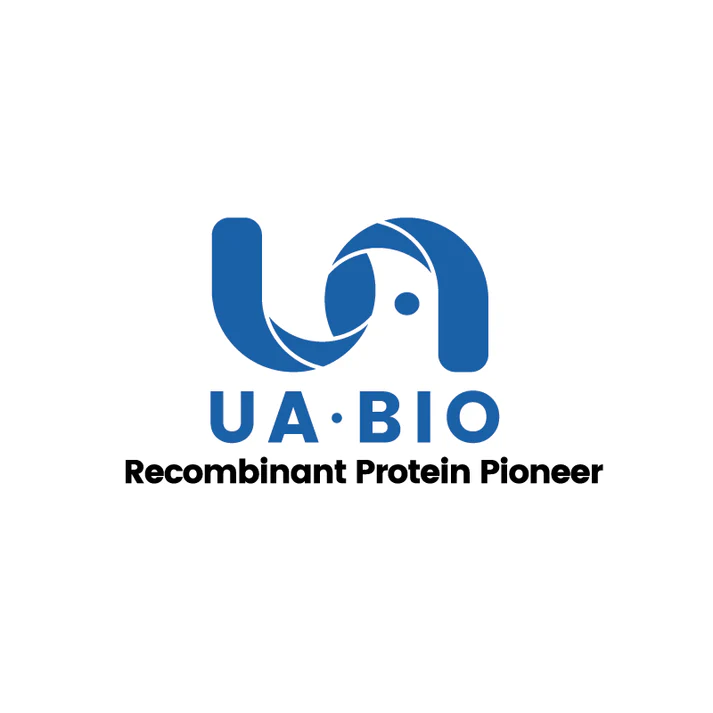Product Details
Product Details
Product Specification
| Species | Mouse |
| Synonyms | Gamma-IP10, Small-inducible Cytokine B10, C7, Interferon-gamma Induced Protein CRG-2 |
| Accession | P17515 |
| Amino Acid Sequence | Ile22-Pro98 |
| Expression System | E.coli |
| Molecular Weight | 8.7 kDa |
| Purity | >97% by SDS-PAGE & HPLC |
| Endotoxin | <1EU/μg |
| Conjugation | Unconjugated |
| Tag | No Tag |
| Physical Appearance | Lyophilized Powder |
| Storage Buffer | 2 × PBS, pH 7.4. |
| Reconstitution | We recommend that this vial be briefly centrifuged prior to opening to bring the contents to the bottom. Reconstitute in sterile distilled water or aqueous buffer containing 0.1 % BSA to a concentration of 0.1-1.0 mg/ml. Stock solutions should be apportioned into working aliquots and stored at ≤ -20 °C. Further dilutions should be made in appropriate buffered solutions. |
| Stability & Storage |
Use a manual defrost freezer and avoid repeated freeze-thaw cycles. - 12 months from date of receipt, -20 to -70 °C as supplied. - 1 month, 2 to 8 °C under sterile conditions after reconstitution. - 3 months, -20 to -70 °C under sterile conditions after reconstitution. |
| Reference |
1. Luster AD, Unkeless JC, Ravetch JV. 1985. Nature. 315:672-6. |
Background
CXCL10 also known as IP-10 is belonging to the CXC chemokine family. It is encoded by the CXCL10 gene, and in murine it is also named the CRG-2 gene. The gene was originally identified as an immediate early gene induced in response to macrophage activation. This chemokine elicits its effects by binding to the cell surface chemokine receptor CXCR3. CXCL10 has been shown to be a chemoattractant for activated T-lymphocytes and monocytes/macrophages. It also has other roles, such aspromotion of T cell adhesion to endothelial cells, and inhibition of bone marrow colony formation and angiogenesis. Murine CXCL10 shares approximately 67 % amino acid sequence identity with human CXCL10.


